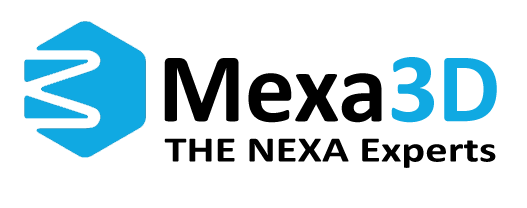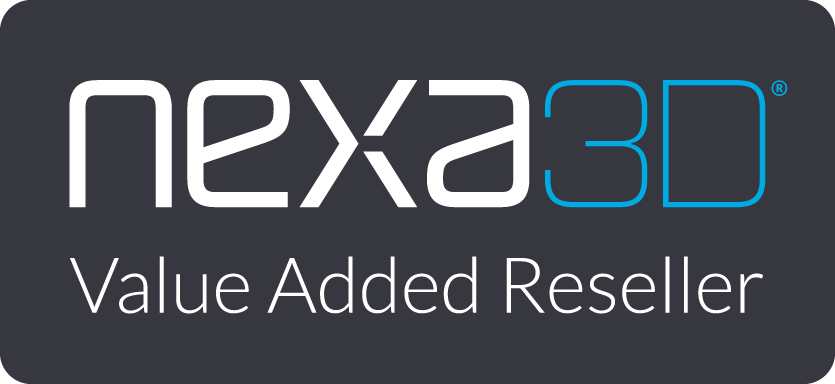Examples of 3D-printed tools for manufacturing
3D-printed tools are a popular and growing trend in the industry, especially in the mechanical and transportation sectors. From customized levers to torque wrenches and socket wrenches, 3D printing technology has opened up a world of possibilities that have overturned conventional manufacturing methods.
While some 3D printing processes replace conventional manufacturing, 3D printed tools can improve conventional manufacturing processes. In this context, “tools” means any part used in the manufacturing process, from a woodworking clamp to a 3D-printed mold used to produce a customized end product.
So if you’re looking for ways to make manufacturing faster, more efficient or more precise, 3D printed tools could be the answer you need.
3D-printed tools vs. 3D-printed toolmaking
3D-printed tools refer to the production of hand-held or powered tools using 3D printing technology. These tools can be used for various applications such as cutting, drilling and shaping materials. They are usually made from strong and durable materials such as nylon, ABS or polycarbonate.
3D-printed tools are designed to be lightweight and ergonomic, making them easier to handle and operate. They can be produced quickly and cost-effectively and can be adapted to specific design requirements. However, 3D-printed tools are not necessarily suitable for heavy or large-volume manufacturing applications.
The term 3D-printed tools refers to the production of molds, fixtures and other products using 3D printing technology. These products are used in manufacturing processes to support the production of end-use parts. 3D printed tools can be made from a range of materials, including metals, plastics and composites.
3D-printed tools offer several advantages over conventional manufacturing, including shorter lead times, lower costs and greater design flexibility. 3D-printed tools also enable the production of parts with complex geometries and internal cavities that are difficult or impossible to produce using conventional manufacturing methods.
Examples of 3D-printed tools

- Screwdrivers: Screwdrivers can be 3D printed in various shapes and sizes for different projects. They can be made of metal, plastic or a combination of both materials.
- Wrenches and sockets: Wrenches and sockets can also be printed in custom sizes and shapes and in lightweight materials that are easier to handle and transport.
- Contour guides: Contour guides help when modeling or measuring complicated features or shapes.
- Drilling templates: With this 3D printing tool, manufacturers can precisely drill holes at different angles and sizes.
Examples of 3D-printed tools
While 3D-printed tools can be helpful for smaller projects and hobbyists, 3D-printed tools are becoming increasingly important in industrial manufacturing processes.
1. 3D-printed molds

3D printing technology is the perfect solution for creating complex geometries on a large scale. Designers can quickly design and print customized molds for different materials.
For example, Alstom, one of the largest railroad companies, uses 3D-printed tools to produce a new tool and a mold for spare parts. To achieve the fastest results for its customers, Alstom used the NXE 400Pro D printer. Alstom was able to reduce costs, increase production speed by more than five times and produce higher quality functional parts with high mechanical properties.
Another example of 3D printed molds is PepsiCo, which uses the NXE 400 and Nexa3D’s xPEEK147 material to aid in various aspects of bottle development. PepsiCo was able to reduce prototype tooling costs from $10,000 to $350 per tool set, create durable tooling capable of producing more than 10,000 bottles per tool, reduce prototype tooling development time from 4 weeks to 48 hours, and quickly produce highly detailed molds strong enough for industrial production runs.
2. fixtures and brackets

Fixtures are devices that hold and guide tools and workpieces during a manufacturing or assembly process. 3D printing makes it easy to create customized fixtures for specific tasks, helping to ensure accuracy and consistency.
Applied Rapid Technologies (ART) is one of the companies benefiting from 3D technology for printing fixtures. With the NXE 400Pro, ART now prints over 25 molded parts, jigs and fixtures in one to two hours. This enables the company to supply molded and fixture parts on demand and in excellent quality in a fraction of the time it would take to produce them using conventional methods.
3. clamps, grippers and holders
Clamps are used to hold objects in place during the production process. They can be adapted to specific shapes and withstand different levels of pressure. Clamps are used to hold objects in place while they are being printed. They can also be used to hold workpieces in place during machining or drilling or to hold parts together during welding or soldering. Another application of clamps in manufacturing is the clamping of fixtures to ensure accuracy when cutting or shaping components.
Grippers help to move the object during the printing process. For example, Thyssenkrupp Bilstein, a supplier to the automotive industry, has integrated collaborative robots or “cobots” that use 3D-printed grippers to reduce the cost of replacement. The company also uses 3D-printed brackets and towers to support sensors during production, as well as 3D sleeves to hold cables in their correct position.
Advantages of using 3D-printed tools
Whether you are using a tool for a DIY project or a 3D printing tool for high-volume production, 3D printing of functional tools offers several advantages over conventional production methods.
Instead of having to constantly replace machine-made parts, 3D printing enables new parts to be produced more quickly and cost-effectively on a large scale.
Thanks to the wide range of materials available for 3D printing, manufacturers can also produce parts with mechanical properties other than metal, allowing for greater flexibility and design complexity.
3D printing also enables rapid prototyping, i.e. the creation of preliminary 3D models or parts that can be used to evaluate the functionality or design of a product. It shortens the time it takes to go from concept to physical product and allows engineers and designers to test and improve different parts of their manufacturing process without having to machine every change.
The bottom line on 3D-printed tools and aids
With 3D-printed tools, manufacturers can redesign production processes and produce customized components quickly, cost-effectively and precisely – without compromising on performance and quality. This enables customers and hobbyists to obtain important parts if required.
However, to reap the benefits of affordable, fast and accurate 3D printing, engineers and manufacturers need the best 3D printers on the market.
Nexa3D’s industrial and desktop 3D printers produce high-quality parts with outstanding accuracy and resolution. The Nexa3D XiP 3D printer offers the highest precision, speed and easiest setup and maintenance for professional users directly at their workplace. The industrial Nexa3D NXE printer series offers high speeds and accuracy, but with a larger build volume and a 4K LCD screen for incredible detail, accuracy and resolution.
By utilizing Nexa3D’s 3D printing technology, companies can save time and money while producing durable and reliable parts and tools for all applications.
Are you ready to experience the power of 3D printed tools?


